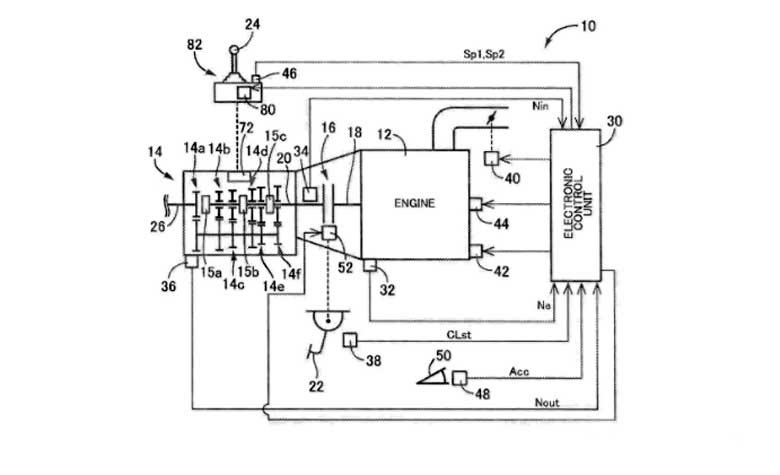Saab always was a company known for pushing the boundaries of car technology.
Saab is known for its numerous technological innovations, starting from streamlined aerodynamic body design (1947), through factory fitted seat belts (1958) and Headlamp wipers and washers (1970), and up to the unique compartment air filter or APC system.
Also, At the same time, Saab has spent decades cultivating its reputation as the ultimate purveyor of old-school driving fun and safety.
One of these Saab’s numerous innovations is again today in the interest of technology experts. It’s about Saab’s technology from the 1960s – Road & Track has discovered that Toyota’s technology shares many similarities to the freewheel mechanism introduced by the Saab 93 in 1965.
Let us remind ourselves, In order to overcome the problems of oil starvation on overrun (engine braking) for the two-stroke engine, a freewheel device was fitted. Saabs of the time used two-stroke engines which mixed engine oil with fuel to lubricate the powertrain. However, if the accelerator wasn’t depressed, when coasting downhill for example, the engine could be starved of lubrication.

Toyota was granted a patent last week for a “Controller for vehicle and control method for vehicle” and this patent is very similar to the Saab concept from the ’60s. In short, the envisioned electronic device would allow traditional manual-transmission vehicles to automatically slip into neutral to coast down hills, without driver input.
Because a manual transmission that pops itself into neutral to save fuel by coasting down hills sounds a lot like the freewheel mechanism used in the Saab 93 (introduced in 1956) and the 96 that followed (of which a 1967 model is shown above).
Read more about the similarities of Toyota’s patent and Saab’s old technologies in these three texts:
-
Toyota’s manual transmission patent could save fuel, help newbies
-
Toyota Patents New Manual Transmission Technology Found on 1960s Saabs
At least for now, Toyota officialy hasn’t confirmed if or when it intends on introducing the technology and while it may have been inspired by Saab’s freewheel mechanism, but we believe this technology will find its place in future Toyota cars.












They have not been granted a patent yet. The current status is “Docketed New Case – Ready for Examination” which means the patent office has not yet looked at it, it’s just a published application. You can look up the Publication Number at the PTO here: https://portal.uspto.gov/pair/PublicPair
It typically takes 2 years from filing date (1/17/2017) until a final decision is reached.
The freewheel was already in the Saab 92(A) fitted, so that is making it the 1950’s. The 1967 Saab 96 (longnose, 2stroke and V4) isn’t shown above, but a 93B (bullnose) of 1958 or 1959 is. Was the freewheel fitted in 2strokes to overcome oil starvation, it is also used in the 4stroke engined Saab 95, Saab 96 and the early Saab 99, argumenting the decrease of fuel consumption. Nice article though.